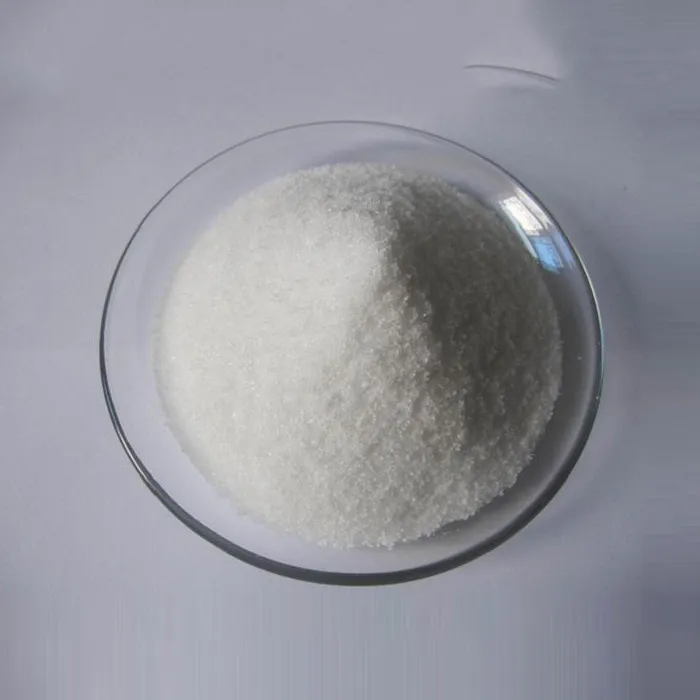Understanding Pentox 400 A Comprehensive Overview
Pentox 400 is a pharmaceutical compound that has gained attention in the medical and sports communities for its unique properties and potential applications. This article aims to provide a comprehensive understanding of Pentox 400, including its composition, uses, benefits, and risks associated with its use.
What is Pentox 400?
Pentox 400, or Pentoxifylline, is a drug that belongs to the xanthine family and is primarily used for its ability to improve blood flow. It works by reducing the viscosity of blood and improving its flow characteristics. This makes it particularly beneficial for patients suffering from conditions like intermittent claudication, chronic venous insufficiency, and various vascular disorders. Pentox 400 is often available in oral form, typically as tablets, and is generally well-tolerated by patients.
Mechanism of Action
The active ingredient in Pentox 400, pentoxifylline, acts by inhibiting phosphodiesterase, an enzyme involved in the breakdown of cyclic adenosine monophosphate (cAMP). By increasing cAMP levels, Pentox 400 promotes vasodilation, enhances red blood cell flexibility, and reduces the aggregation of platelets. This multifaceted mechanism not only aids in alleviating symptoms of peripheral vascular disease but also offers potential therapeutic benefits in a variety of other medical conditions.
Medical Applications
Pentox 400 is primarily indicated for the treatment of
1. Peripheral Arterial Disease Particularly in patients suffering from intermittent claudication, Pentox 400 helps increase walking distance and alleviate pain. 2. Chronic Venous Insufficiency The drug is often prescribed to improve blood flow in patients with chronic venous disorders.
pentox 400

3. Cerebral Circulation There is growing interest in the potential use of Pentox 400 for enhancing cerebral circulation, particularly in patients with cerebrovascular insufficiency.
4. Diabetic Foot Ulcers Emerging evidence suggests that Pentox 400 may aid in the healing of diabetic foot ulcers by improving peripheral circulation.
Benefits of Pentox 400
The potential benefits of using Pentox 400 extend beyond just improving blood flow. Patients have reported increased physical capabilities, reduced pain during activities, and an overall enhanced quality of life. The drug's ability to improve oxygen delivery to tissues makes it an appealing option for individuals suffering from circulatory issues.
Risks and Side Effects
Despite its benefits, Pentox 400 is not without risks. Common side effects may include nausea, dizziness, headache, and gastrointestinal disturbances. More serious adverse effects, though rare, can occur, such as bleeding complications or allergic reactions. Patients with a history of gastrointestinal bleeding or recent surgery should use Pentox 400 with caution.
Additionally, Pentox 400 is contraindicated in patients with severe liver or kidney dysfunction. It is essential for individuals considering this treatment to consult healthcare professionals who can evaluate their medical history and assess potential interactions with other medications.
Conclusion
Pentox 400 represents a significant advancement in the management of circulatory disorders, providing patients with a viable option to enhance blood flow and alleviate associated symptoms. While the benefits of Pentox 400 are substantial, it is crucial for users to be aware of potential risks and to consult with healthcare professionals before beginning treatment. As research continues to explore the full range of applications for Pentox 400, it holds promise not just in traditional medical settings but also in potential new therapeutic areas. The future of this compound may lead to innovative treatments that enhance the quality of life for many individuals facing vascular challenges.

